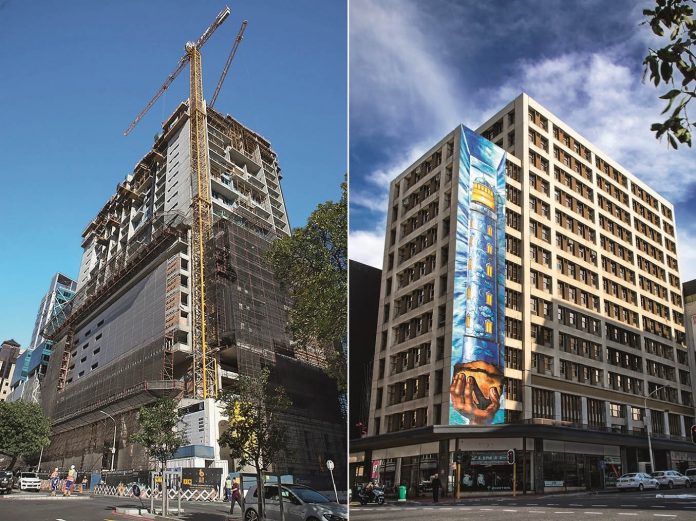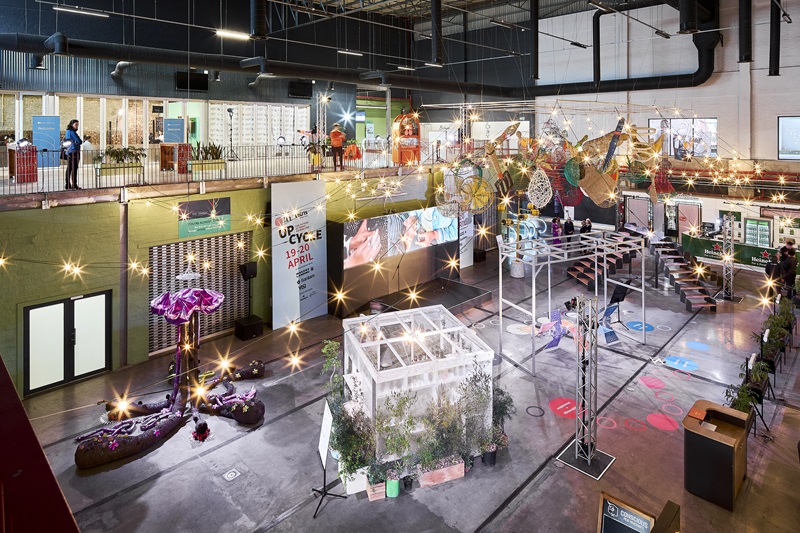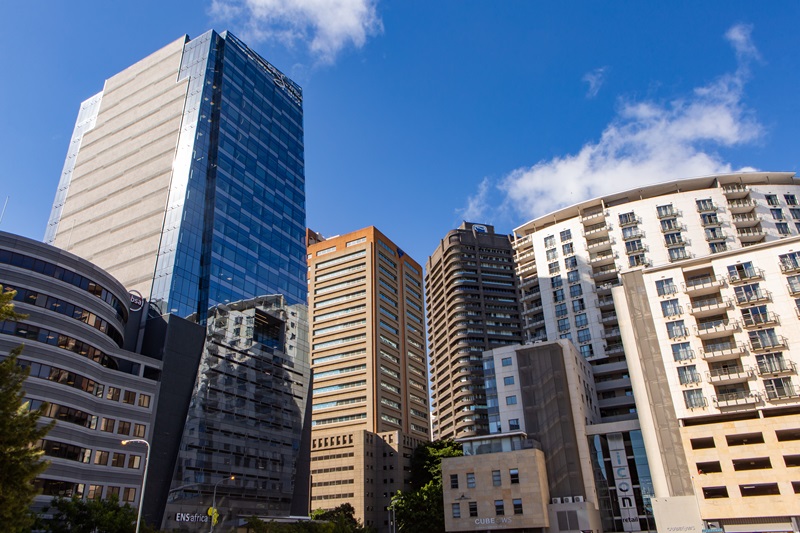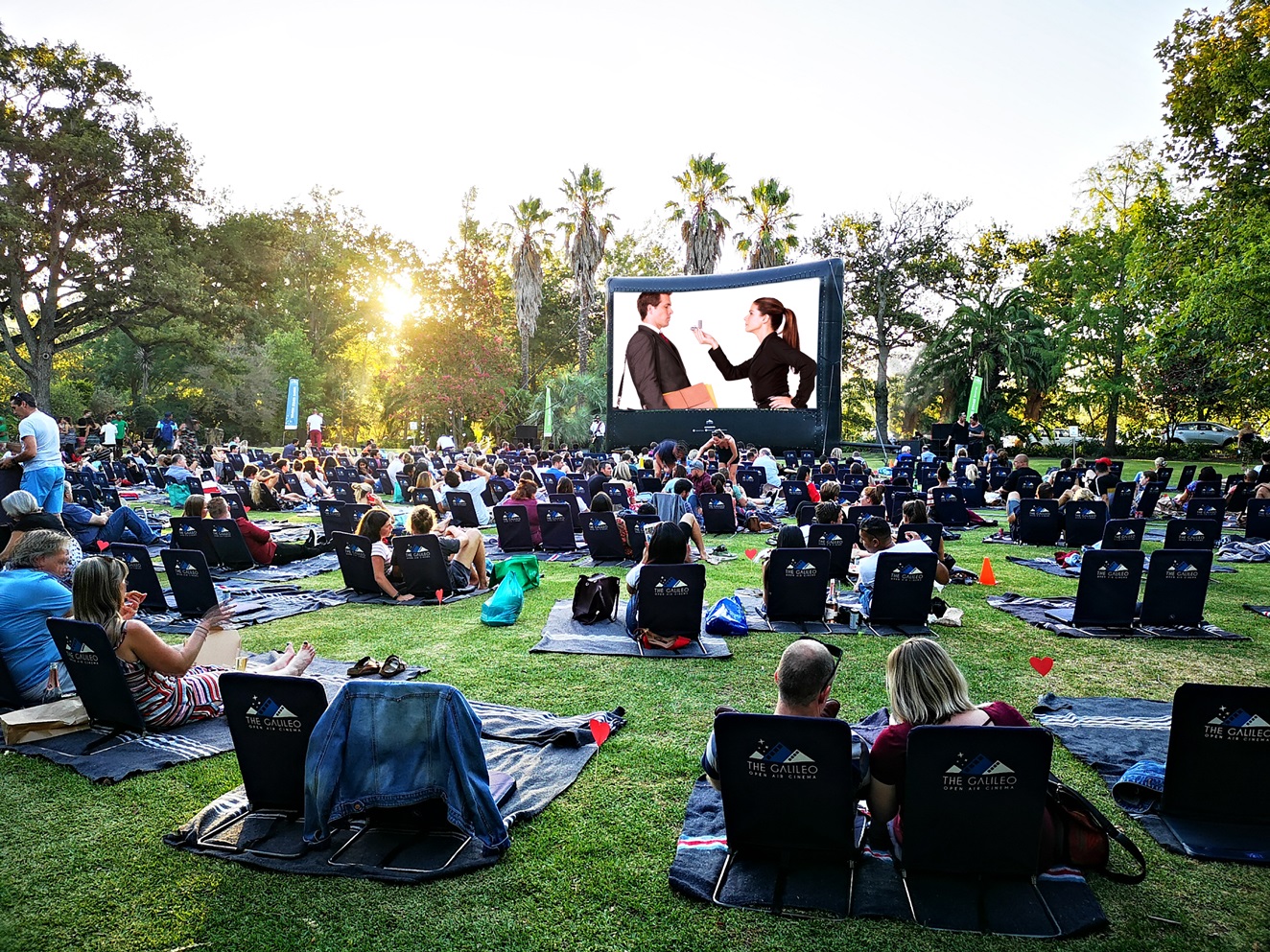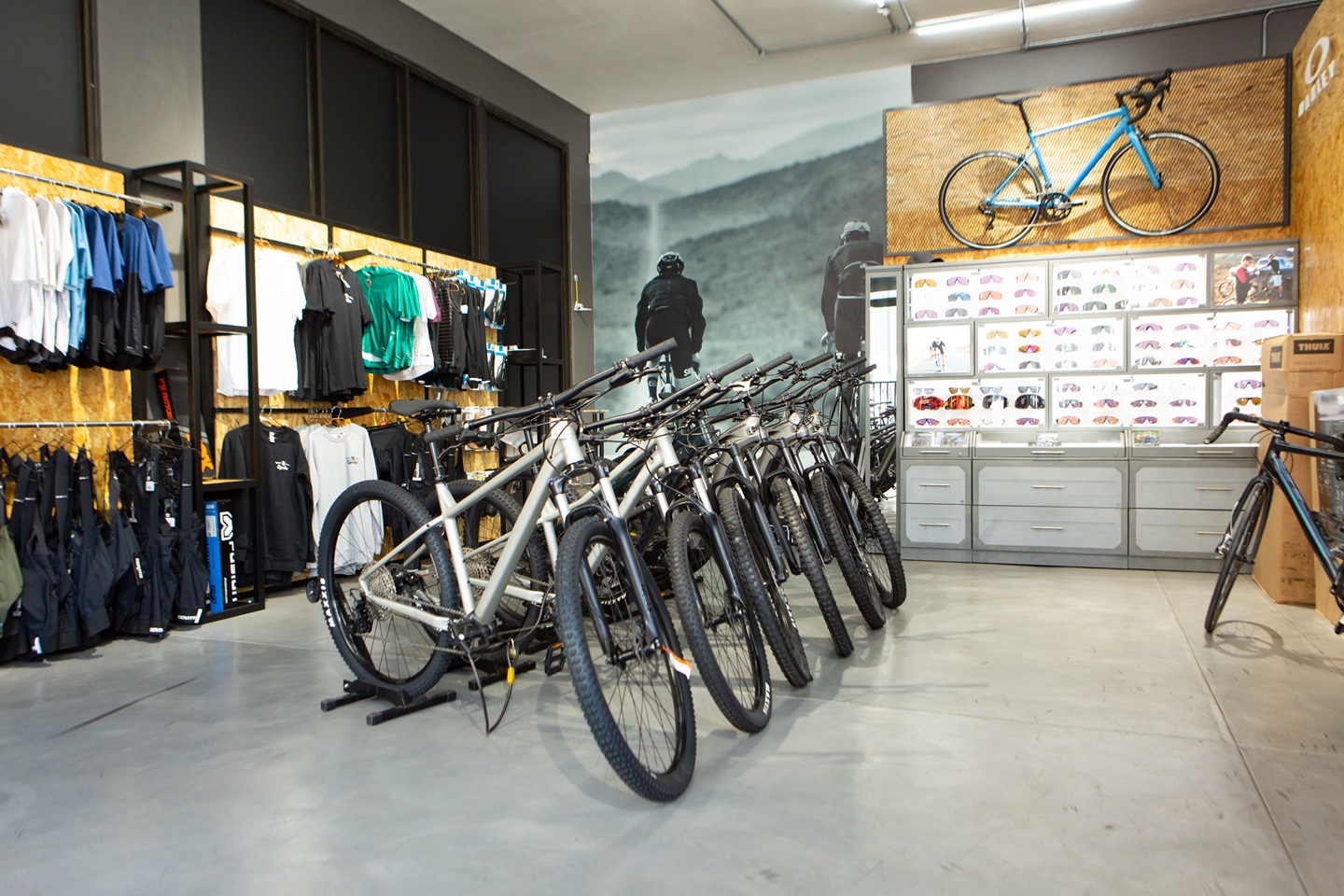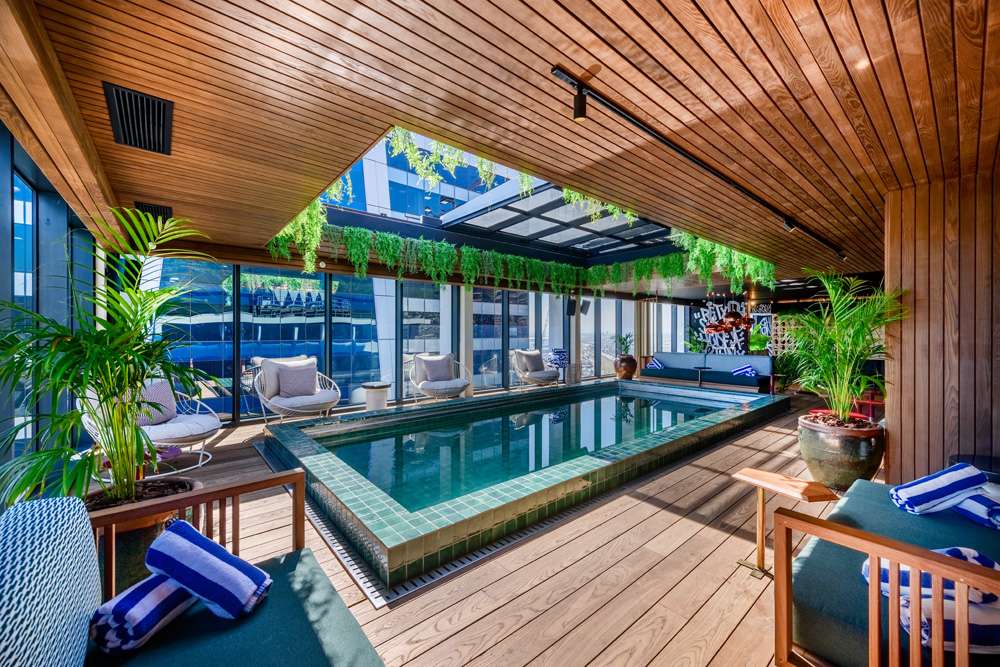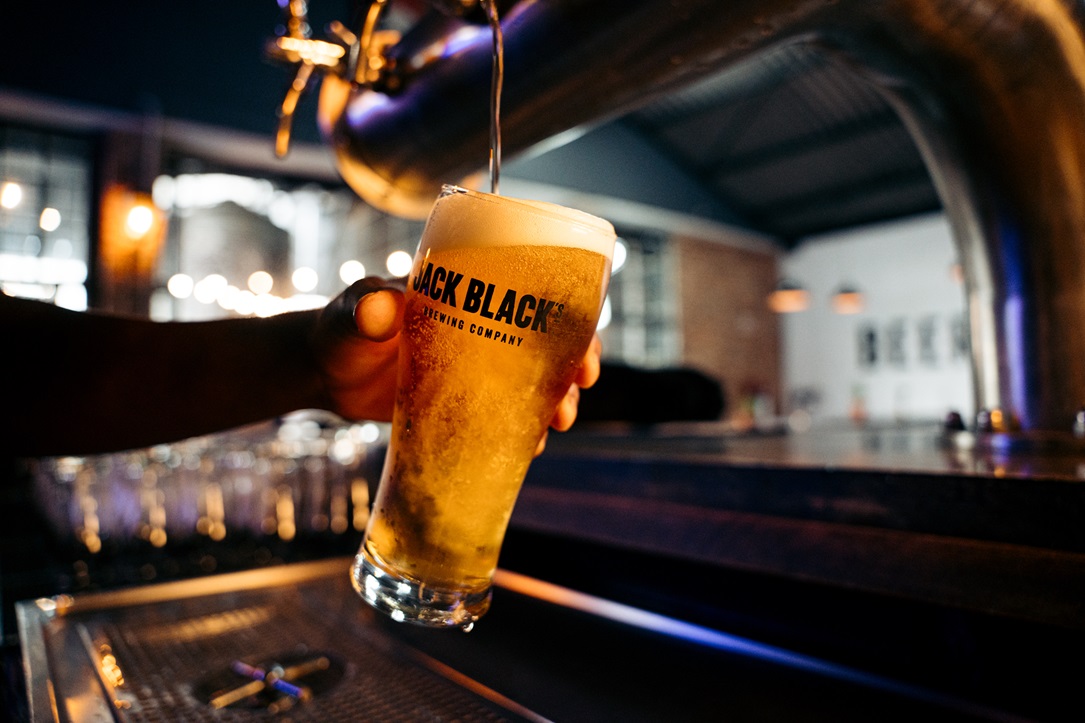Could living in downtown Cape Town be for you? With a median investment value for residential apartments at R1.8 million in 2019 – and with new investments in the city centre still buoyant – now may be the time to consider swapping suburbia for a cool inner-city work-eat-sleep-play lifestyle.
A few decades ago, Cape Town’s Central City was dominated by office blocks and a few retailers. It resembled a ghost town after 16h00 when people returned home to the suburbs. Now, there are almost 5 000 apartments in the city centre, which has become home to thousands of people drawn to the downtown lifestyle that this vibrant CBD offers.
The influx of residents speaks volumes about investor confidence in Cape Town’s CBD – which is considered one of the most successful in the country – and it has gone a long way to transforming the city centre into a 24/7 mixed-use downtown.
According to the latest State of Cape Town Central City Report 2019 – A year in review, published by the Cape Town Central City Improvement District (CCID), the estimated value of Central City property in 2019 was R44.1 billion. What’s more, there are numerous developments in the pipeline to address the growing demand for inner city living. In 2019, the total value of property investment into the CBD was R13.8 million, and many of these investments were in residential or mixed-use developments.
Property prices have increased steadily over the past decade, peaking at a median of R2.1 million in 2018 before softening to R18 million in 2019 amidst a broader regional correction in prices.
According to a dipstick residential survey conducted by the CCID at the end of 2019, more than half of the respondents indicated they were owner-occupiers. This means that they have chosen to invest in the CBD – not only financially but by living in the area – because they believe that it has more to offer than anywhere else. Proving that inner city living is more than just a fad, Lightstone reports that 34 % of residents have lived in the city for 11 years or more, only slightly less than the 35 % who have only recently moved to the CBD, possibly living in some of the new developments. A dipstick survey by the CCID in 2019 found that just over 56 % of residents chose to live in the CBD to be close to their workplace: Almost half of the respondents live within 1 km of the office.
Who are the residents of Cape Town? According to the CCID residential survey, a third of the respondents who live in the CBD come from other parts of Cape Town, while 40 % are originally from outside of the Western Cape. Just over 22 % come from overseas.
Michael Chandler, an artist and curator, works up the road from his apartment in Bree Street. Aside from the convenience of being able to walk to Chandler House, his shop and gallery, he says he also relishes being close to the city’s “beautiful and interesting spaces, buildings and “urbanalia”. Nearly 60 % of survey respondents also mentioned that they eat out at least once a week. Writer and content creator, Donald Paul, who moved to an apartment in Church Square 12 months ago, says: “I can walk or cycle to most of my favourite destinations such as restaurants, cafes, wine bars and shops. On my doorstep is the National Library and the Company’s Garden.”
Paul lives on the corner of Parliament and Spin Streets, in what the CCID calls Precinct 3. Almost a third of the 4 693 residential units in the CBD are located here. Although its residential developments are among the more established, the precinct also boasts one of the more striking new buildings, a R60 million Art Deco high-rise designed by well-known Cape Town architect Robert Silke called Tuynhuys.
Long regarded as Cape Town’s design district, the East City (otherwise known as Precinct 4) has 30 % of the city’s residential units. Trendy and cosmopolitan, the East City appeals particularly to younger professionals and the proliferation here of micro-units – smaller apartments with shared amenities – meets their needs. The Harri, for example, is a six-storey development with 32 studio apartments that range in size from 24 m2 to 49 m2. Each storey offers co-working and co-living space, with a range of amenities that include an onsite management team, innovative storage and a housekeeping service.
While city living appeals to younger residents who are perhaps investing in their first property or seeking a live-work-play lifestyle, the majority of the Central City’s residents are middle aged, between 35 and 44. Retirees, who favour a lock-up-and-go lifestyle that allows them to travel or downscale, make up seven percent of the CBD’s residential population.
Paul says he moved to the CBD because “it provides an endless story, repetitive familiarity and random surprises”. Chandler, who used to live “in the deep southern suburbs”, is one of 53 % of residents who say they feel safer living in the city centre than in the suburbs. Many of the developments also offer 24-hour security and off-street parking. “While I enjoyed some of the gifts that come with suburbia, I am really a city kind of guy,” adds Chandler. He’s not alone – the CBD has the potential to accommodate upwards of 7 000 residents, and if international trends are anything to go by, the appeal of Cape Town CBD’s live-work-play lifestyle and heady combination of “sameness and change”, to use Paul’s description, will undoubtedly see these numbers continue to rise.
Released on behalf of Sharon Sorour-Morris, CCID Communications Manager
Cell 082 216 0835
Email sharon@capetownccid.org


